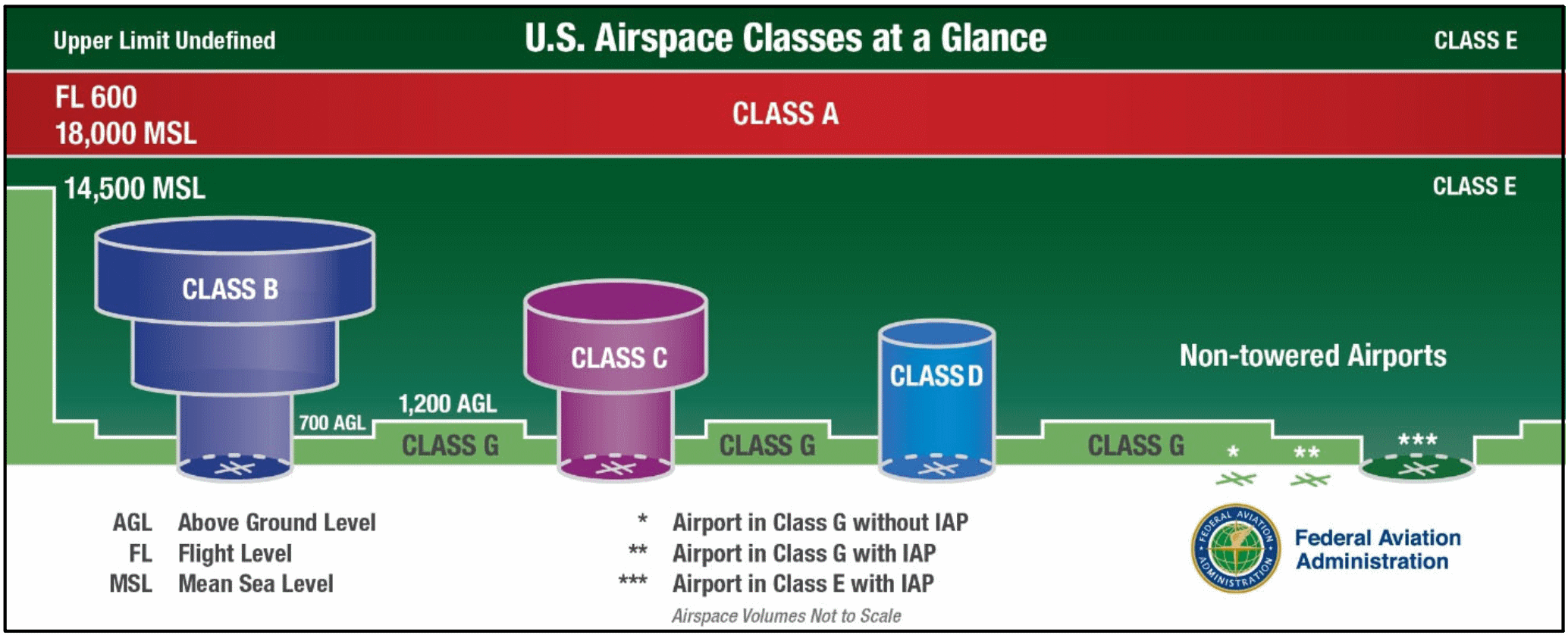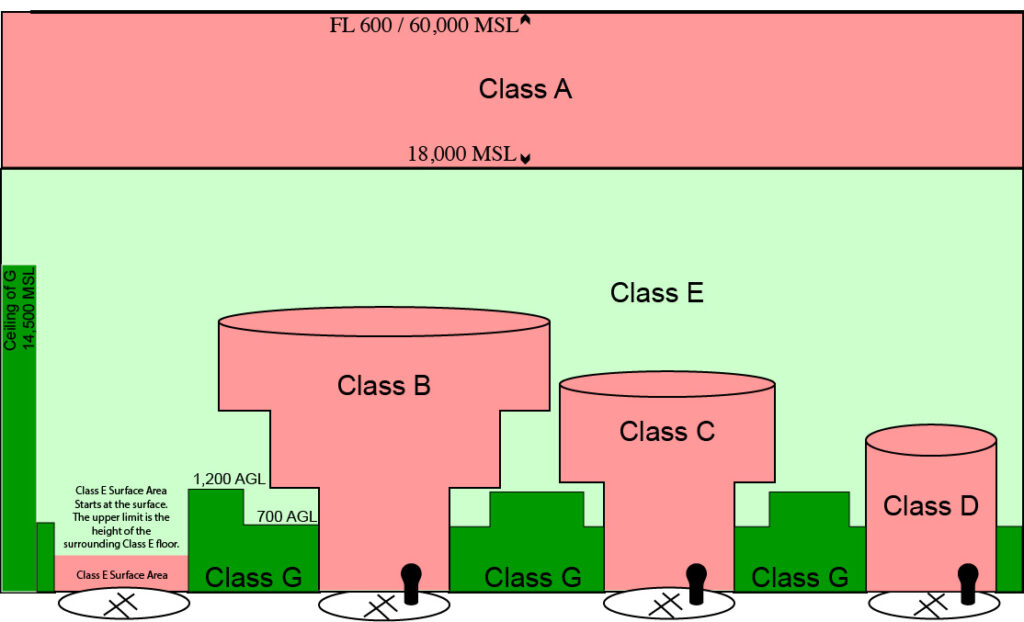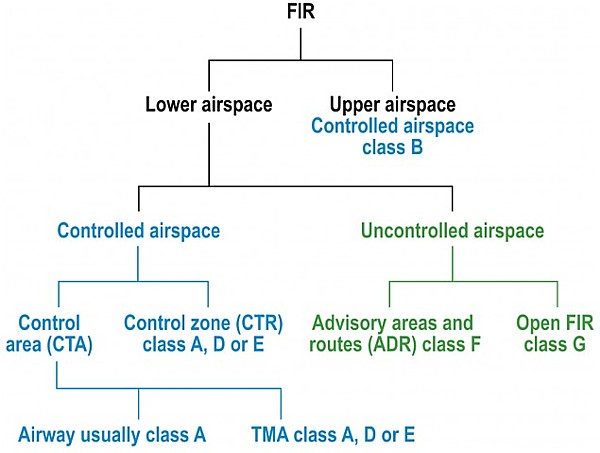class g airspace requirements
Class G airspace uncontrolled is that portion of airspace that has not been designated as Class A Class B Class C Class D or Class E airspace. In a Class E transition area the Class E floor drops down to 700 feet AGL.
Rules governing VFR flight.

. Notwithstanding the provisions of. The airspace reverts to Class D if approach control is not operating and. If you want to start with that we have an article about Class E airspace here.
Day - 1 Statute Mile. On a sectional map you can find these transition areas by looking for a broad magenta line that is. Air Traffic Services Chapter 2 Section 26 The services provided and flight.
12 rows 3 Statute Miles. A Unless otherwise specified in the certificate holders operations specifications when conducting VFR helicopter. Basic VFR Weather Minimums.
IFR and VFR flights are permitted and receive flight information service if requested. But to truly understand Class G airspace it helps to understand Class E airspace first. All operations in Class A Class B Class C and Class D airspace or Class E airspace designated for an airport must receive prior.
Its worth noting that Class G doesnt include 700 AGL. The airspace class designation is in effect only during the hours of tower and approach operation at the primary airport. And Class E is more restrictive than Class G airspace.
To request a deviation from the regulatory. 135609 VFR ceiling and visibility requirements for Class G airspace. Night - 3 Statute Miles.
18 rows Class D airspace is more restrictive than Class E or Class G airspace. Class G airspace uncontrolled is that portion of airspace that has not been designated as Class A Class B Class C Class D or Class E airspace. Under FAR 91135 deviations from the requirements of Class A can be issued by the ATC facility governing that section of airspace.
The controller in Class C airspace is focused on maintaining a safe degree of aircraft. Maximum speed of 200 knots within 4 nautical miles and 2500 of the primary Class C airport. 1200 feet or less above the surface regardless of MSL altitude For aircraft other than helicopters.
VFR Requirements Rules governing VFR flight. Controlled airspace consists of five. VFR Minimum Distance from Clouds Below 10000 MSL.
10323 Flight visibility and cloud clearance requirements. Day except as provided in 91155b. The Class G airspace starts at the surface and extends up to 700 AGL if the bordering Class E begins at 700 AGL.
No person may operate. The National Airspace System is a complex layout of several different layers of airspace categorized for specific need function or level of control.
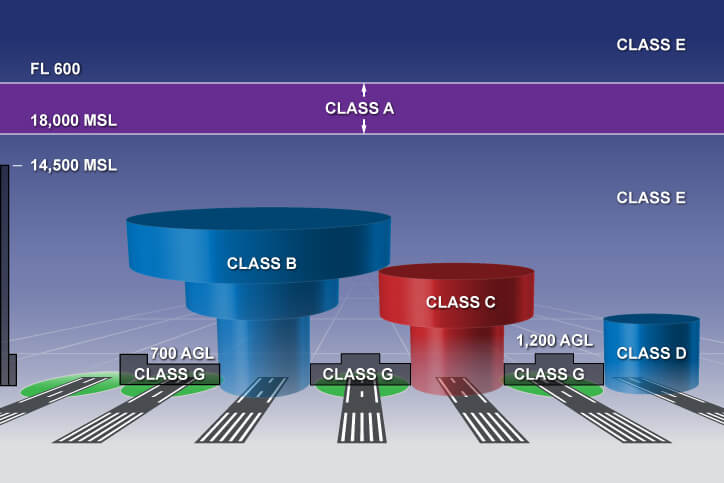
Airspace Overview Online Training Course Cts

Class G Airspace Explained Boldmethod

Vfr Weather Minimums Severe Vfr
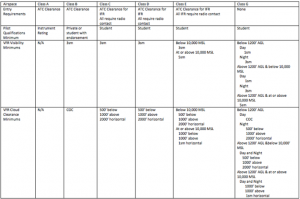
Airspace For Dummies Pilot Institute
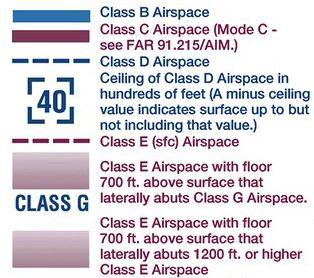
Types Of Airspace Private Pilot Online Ground School

Vfr Cloud Clearances Pilot Training For Ga

Understanding Class G Airspace In Depth Explanation Youtube

Is Flight Following A Clearance Pilotworkshops
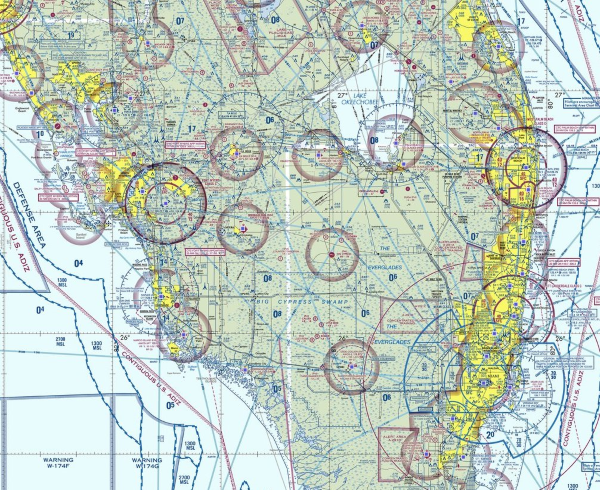
Class G Airspace Explained By A Commercial Pilot

Faa Airspace For Vfr Flight Youtube

Activities Courses Seminars Webinars Alc Content Faa Faasteam Faasafety Gov
Class G Class E Airspace Weather Graphic Oregon Flight School
